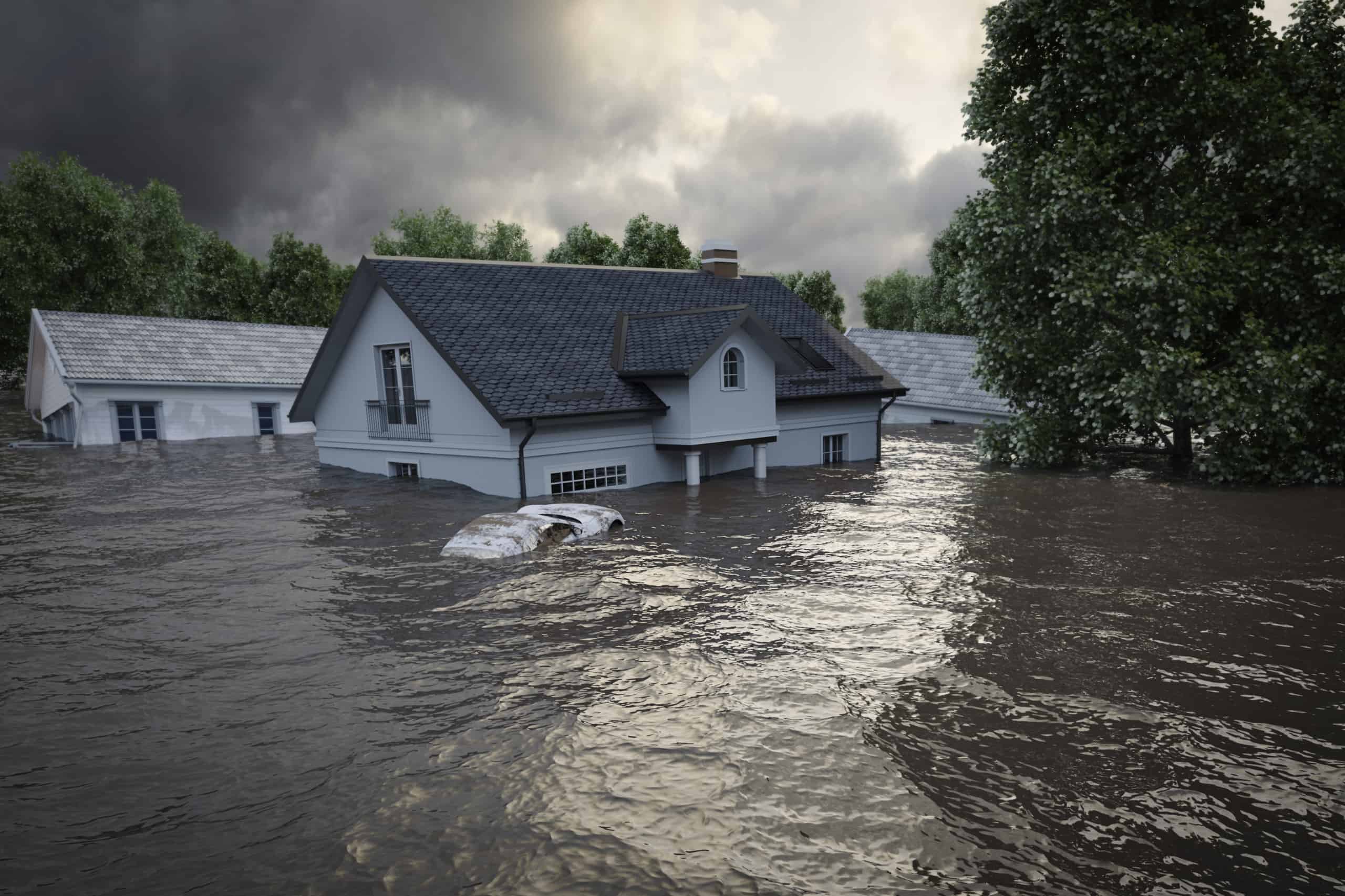
Global warming has become one of modern history's most talked about topics. When combined with the plastic epidemic, water scarcity, deforestation, and pollution, there are more concerns surrounding the health of our planet and the future of civilization today than ever before. So what causes global warming, and what does it have to do with natural disasters? Global warming is primarily attributed to the magnification of the greenhouse effect sparked by excess carbon emissions released during human activities. Everything from agriculture, industry and transportation to the expansion of communities contributes to the problem.
The greenhouse effect, normally responsible for the regulation of the Earth's temperature, has received an influx of CO2 in the past 200 years since the start of the industrial revolution. This change in the atmosphere has then resulted in excess heat and the warming of the planet. Natural occurrences like storms, hurricanes, and floods, whose events and intensities are ordinarily entirely out of our hands, are further fueled by the newfound heat absorbed from the atmosphere.
Droughts
Droughts are an ordinary part of the weather cycle for many regions. However, increasing temperatures caused by global warming have resulted in unusual weather patterns followed by extreme water shortages in places where extensive drought is ordinarily unheard of, like Europe. Such severe weather kills vegetation and makes it difficult or, at times, impossible for agriculture professionals to do their job. Additionally, the hydropower communities rely on for electricity becomes less efficient, depleting the electricity resources for people worldwide. Without sufficient water for crops or cattle or enough energy to power people's homes and businesses, communities have to resort to burning even more fossil fuels—increasing prices and further contributing to the problem of global warming and climate change.
Floods
The increasing atmospheric temperatures reached by burning fossil fuels create an environment that can hold more water in the air. This means larger storm clouds and significantly heavier rains. The combination of melting glaciers, a lack of greenery to absorb excess water due to deforestation, and more aggressive storms then leads to a greater chance of extreme weather and uncontrollable flooding, even in regions nowhere near the ocean, rivers, or lakes.
Hurricanes
According to NASA, hurricanes need warm water, low, vertical wind sheer, lots of air moisture, and a pre-existing disturbance like a cluster of thunderstorms to form. While global warming may not influence the rate of hurricanes at this point, the heightened heat in the atmosphere leads to increased moisture in the air, which can fuel and increase the intensity of those that do form.
Such extreme weather impacts us all. It makes it difficult to produce food, access water, and ensure safe and reliable shelter and can impact multiple sectors of society worldwide. Finding sustainable energy alternatives and living a more resourceful lifestyle is paramount if we want to ensure a healthy future. To learn more about the impact of energy resources on the world, visit Resourcefulness, and to learn about energy careers and fun energy-related activities for kids, visit Smart Energy Education and Watt Watchers.
We'd love to help answer any questions and help you get started! Drop us a line and we'll get back to you as soon as we can.
Watt Watchers of Texas
204 E. Dean Keeton Street, Austin, Texas 78712
contact@watt-watchers.com
Nos encantaría contestarle cualquier pregunta que tenga y ayudarle empezar! Envíenos un mensaje y nos pondremos en contacto con usted lo antes posible.
Watt Watchers de Texas
204 E. Dean Keeton Street, Austin, Texas 78712
contact@watt-watchers.com